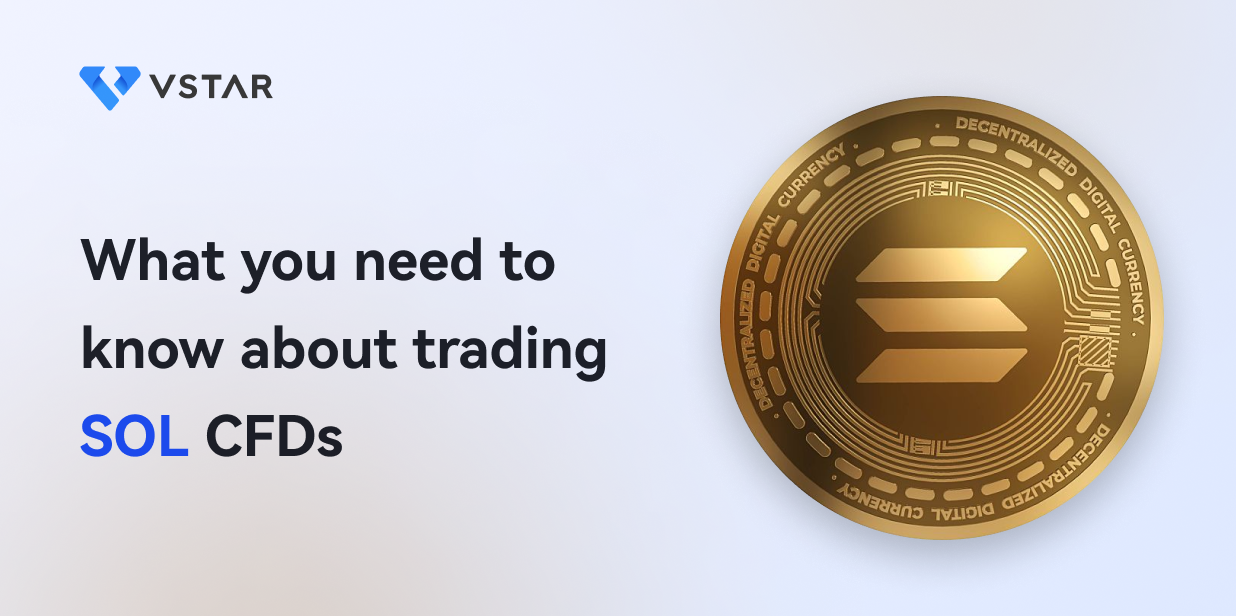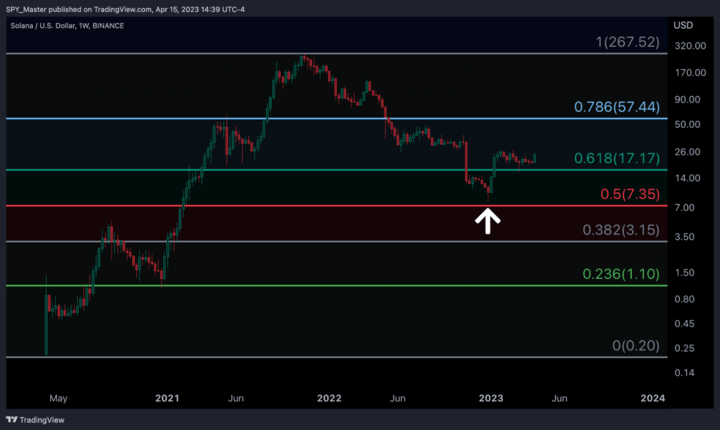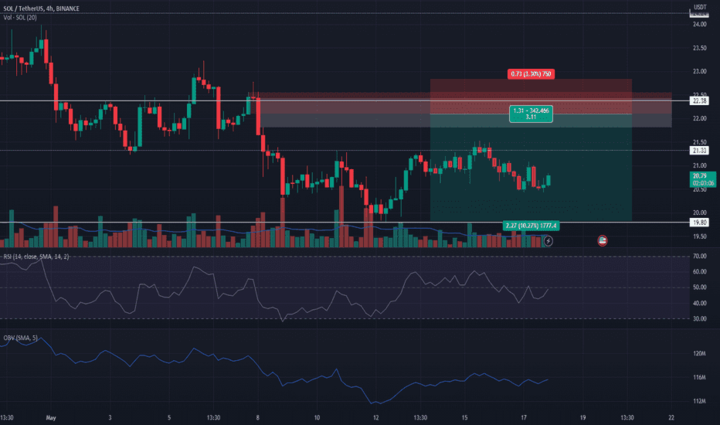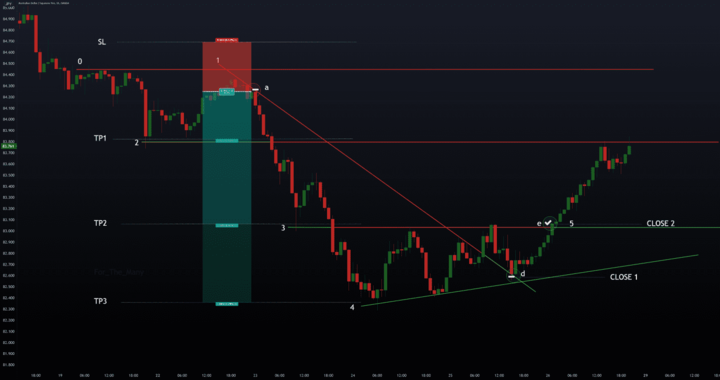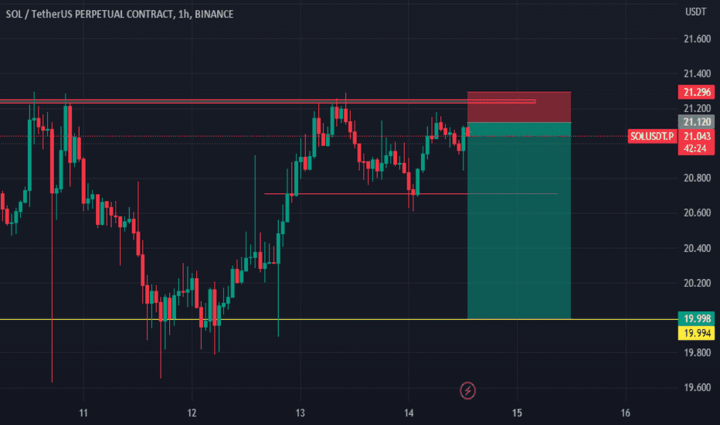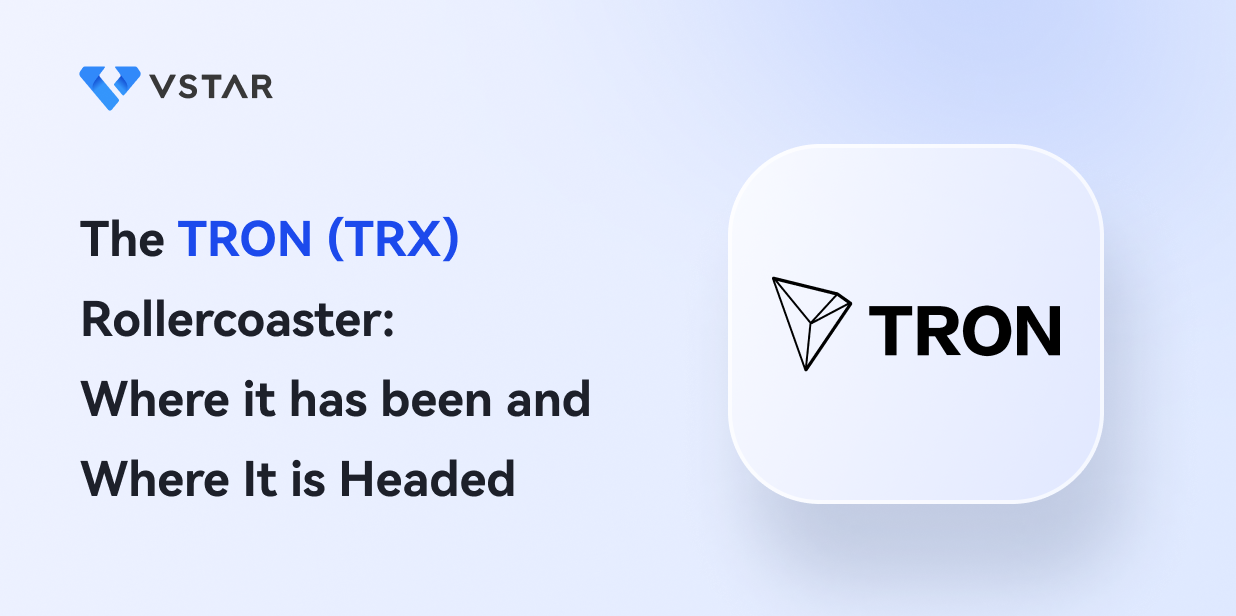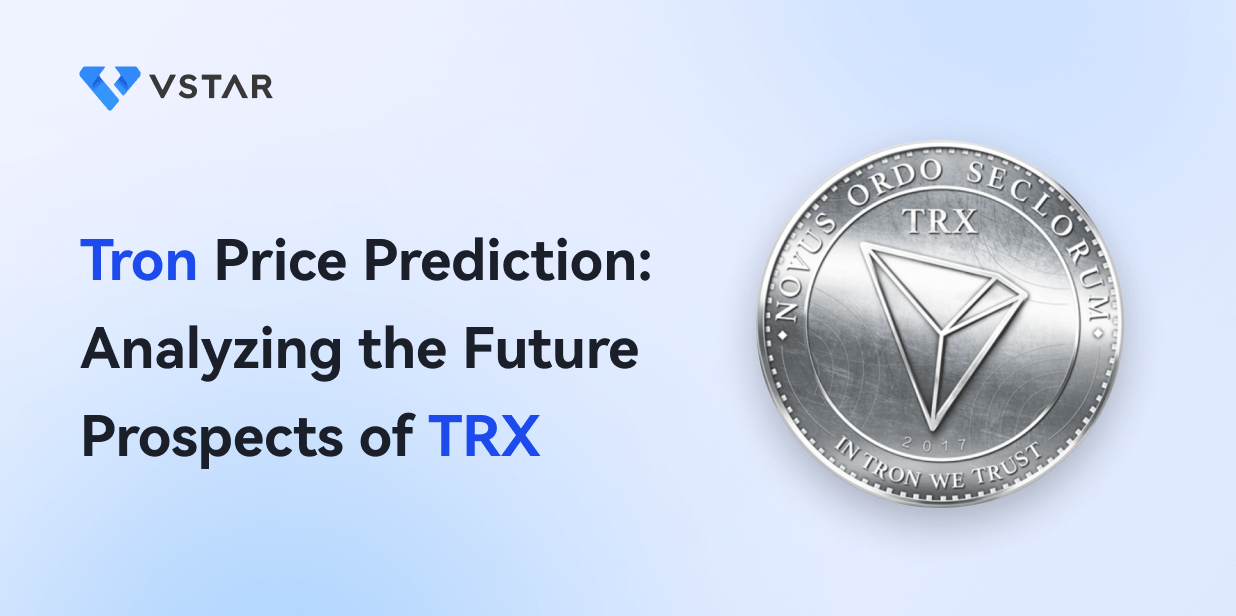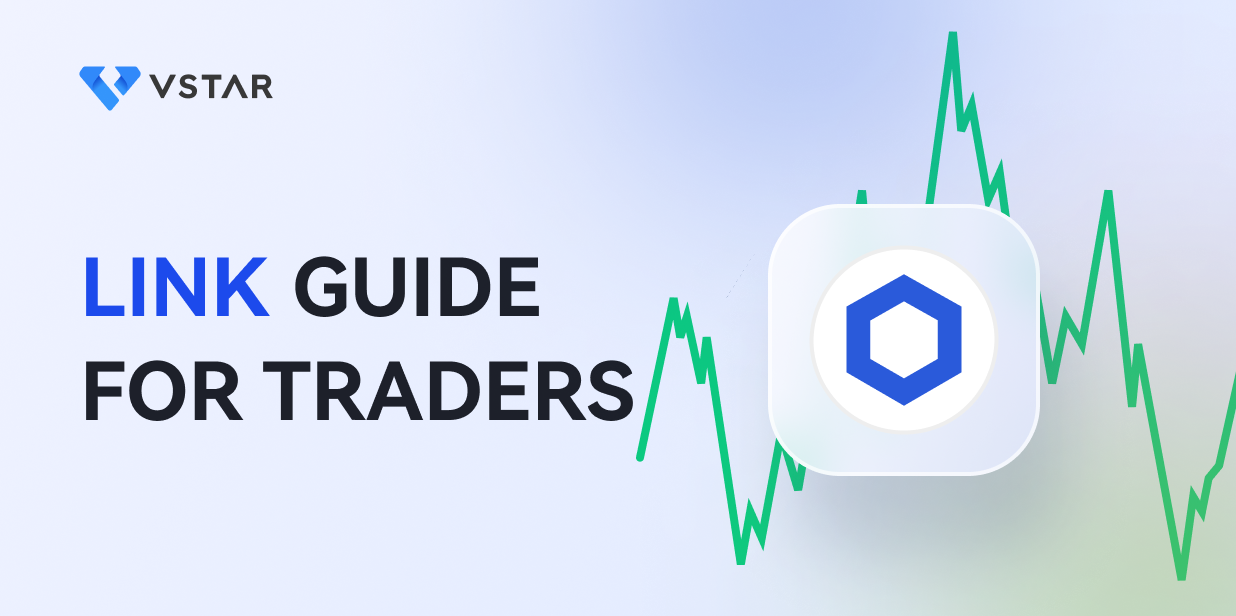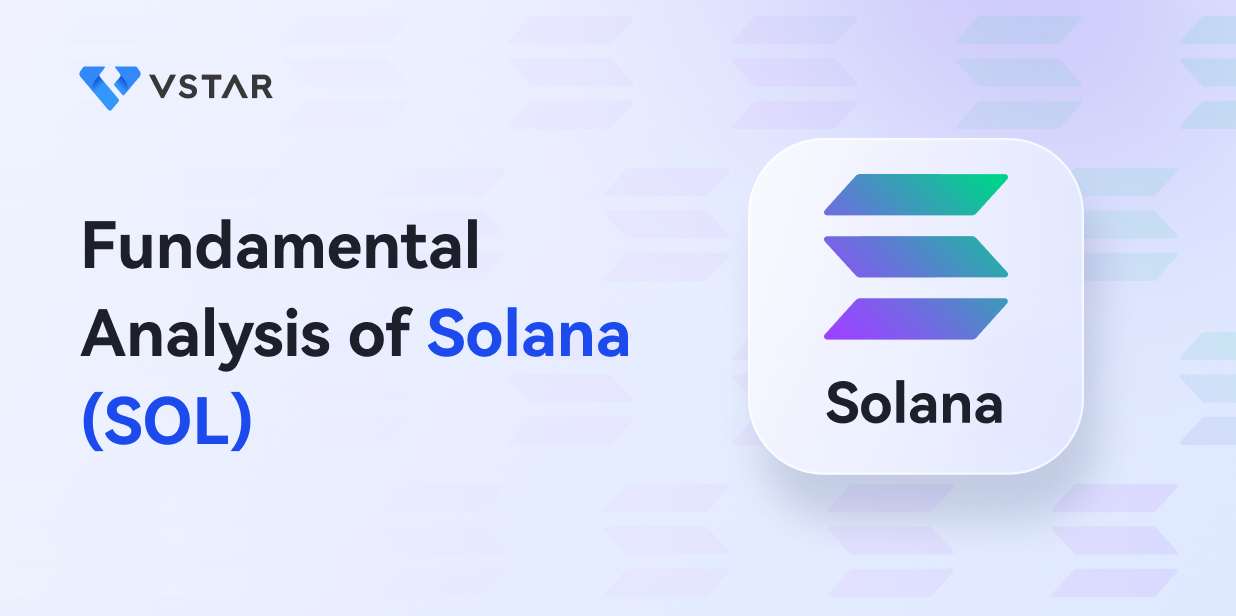SOL is the native token of the Solana ecosystem- a high-performance blockchain network. The popular concepts associated with crypto trading are buying, selling, or staking. However, there is an advanced type of trading that professional traders often use.
CFD trading, as opposed to “traditional trading,” does not require you to own crypto assets like SOL. Contracts for Difference (CFD) are financial derivatives that serve as a contract between brokers and traders.
Trading SOL CFDs has several benefits as well as risks. Therefore, this guide will examine CFDs, the advantages, risks, and strategies associated with SOL CFD trading.
What are CFDs?
Contracts for Differences are agreements in which the broker pays the trader the difference between the opening and closing prices. Trading CFDs implies that you do not own the asset (like SOL) but profit from speculations on the price movements.
Therefore, you make a profit if the price movement aligns with your prediction. However, if your prediction is wrong, you have to pay the associated trading loss.
Here are key aspects that can help you further understand CFDs:
a. Leverage
Leverage is one of the characteristics of CFD trading. CFDs are a leveraged product, allowing you to gain much greater exposure than your deposit amount. For example, with a leverage of 1: 5, an $100 deposit can provide exposure as if you were trading with $500. However, it is critical to use leverage with caution as it can amplify your losses.
b. Going long or short
Another feature of CFD trading is you can go long (buy) or go short (sell). In simpler terms, you can go long when you aim to profit from price increases. On the other hand, when you aim to profit from potential price declines, you can go short. Therefore CFD trading provides flexibility for making a profit despite price movement.
c. Additional fees
When making your CFD trading plan, it is essential to account for additional fees. These fees include overnight financing fees for keeping positions open. The overnight fee is usually calculated based on the size of your trading position.
In addition, trading commissions on your orders are an additional fee you may incur from trading CFDs. Therefore, they must be considered when predicting your total trading profits.
Why Trade SOL CFDs?

Trading SOL CFDs is an excellent choice for those who do not want to actually own SOL tokens. Here are some other reasons to trade SOL CFDs:
i. Leverage:
Trading SOL CFDs provides leverage up to 10x or higher, which sets it apart from traditional crypto trading. Therefore, it offers the potential for massive profit with little capital, which is one of its biggest advantages.
If you are new to CFD trading, we recommend using lower margins. On the other hand, higher leverage means higher risk- your profit or loss is magnified. Leverage works by allowing traders to control a larger market position. For example, suppose you are trading with a leverage of 10x. An initial deposit of $2000 can allow you to control a position of $20,000, which can amplify gains or losses.
ii. Short selling:
Another significant reason to trade SOL CFDs is it involves short-term trades. You can short-sell SOL CFDs to potentially profit from declining SOL prices. Therefore, you do not have to depend on the long-term potential performance of SOL to make a profit.
Short selling offers flexibility such that traders can adjust their trading strategies. In addition, short selling allows traders to benefit from bullish and bearish market trends. Unlike other financial instruments, CFDs do not have any shorting rules. Therefore, SOL CFDs can be shorted at any time without borrowing costs.
iii. Tax benefits:
Some jurisdictions offer tax benefits for trading CFDs over spot trading. These benefits may include favorable tax treatment for CFD trading. However, laws vary globally, so what applies in one region may be different from another region.
CFDs are legal in some countries while illegal in others. Therefore, checking your local regulations before trading SOL CFDs is critical.
iv. Continuous market:
The CFD market never closes, therefore you can trade SOL CFDs 24/7 to take advantage of any price movements. Moreso, when a news update can affect price movement, you can easily jump on the trend to make a profit.
This continuous market allows short-term traders to capitalize on daily price fluctuations. As a result, they can ride the waves of volatility to make profits without being restricted by “trading hours.”
v. Wider access:
SOL CFD trading is an excellent alternative in areas where spot trading of SOL is unavailable. Various brokers offer CFDs and provide wider access to a range of markets. As a result, you can get a better insight into the best SOL CFD trading strategies, which can help you optimize profit.
Remember that regulations on CFD trading vary across the globe. Therefore, before trading SOL CFDs, check the trading regulations to ensure you are not committing a crime. The wider access offered by CFD trading allows you to benefit from the high-performance Solana ecosystem without actually owning its native token.
Risks of SOL CFD Trading
While trading SOL CFDs comes with exciting opportunities, some risks are involved. Here are the risks associated with SOL CFD trading:
a. Leverage risks:
Leverage is a characteristic of SOL CFD trading, which can amplify gains if your predictions are correct. However, leverage could also magnify your losses when the market moves against you.
Although the initial trading deposit is only a percentage, any loss is calculated based on the size of the full position. Many traders fall into the trap of trading with high leverage. However, they can lose their entire deposit and owe funds when the market does not favor them. Therefore, traders must use leverage cautiously, or even small price movements could become substantial losses.
b. Liquidation:
Another risk to trading SOL CFDs is liquidation. If your open position moves against you enough, the CFD provider will liquidate your position to limit losses. In other words, once your position reaches a liquidation level, the CFD broker may automatically close your trades to avoid more loss.
As a result, you may lose your entire investment. SOL CFD trading requires constant monitoring and staying updated on factors that can affect the price of SOL. In addition, setting stop loss or take profit orders can protect you from liquidation.
c. Overnight fees:
Another risk associated with SOL CFD trading is overnight fees. These fees are easy to ignore or forget but could erode your potential gains. Brokers charge a daily financing fee to keep a CFD position open overnight. As a result, the overnight fees can significantly add to the total trading costs.
Higher leverage and long-term positions can influence the cost of the overnight charges. Your overnight charges keep accumulating when you consistently keep long-term positions open using high leverage. Therefore, you must consider overnight charges when making a trading plan and risk management strategies.
d. Volatility:
Crypto assets are highly volatile, and SOL is not an exception. Volatility can be described as sudden price changes of an asset over time. SOL’s high volatility can be an opportunity for profit when the price suddenly increases. However, dramatic crashes may lead to liquidation and loss of funds before you even have time to exit the trade manually. Therefore, SOL CFD trading requires risk management strategies like a stop-loss order to protect you from sizeable losses. Also, constant monitoring is required to identify any reversal in the SOL price trend.
e. Counterparty risk:
Another risk when trading SOL CFDs is your broker may go insolvent, putting your funds and any unrealized profits at risk. Although this rarely happens, it is a risk that must be understood. Therefore, choosing a reputable and regulated broker before investing your money is critical.
When a broker is regulated, they are obliged to offer protection to traders and protect your funds. Therefore, before choosing the best broker, research and confirm if they are regulated to avoid risking your capital.
How to Trade SOL CFDs
Trading SOL CFDs is an exciting way to be a part of Solana’s ecosystem. This section will provide useful tips on trading SOL CFDs, managing risks, and maximizing profit.
❖ Open an account:
The first step to trading SOL CFDs is to open an account with a CFD broker that offers SOL CFDs like VSTAR. Before choosing the best broker for you, compare the reputation, regulations, interface, trading fees, and customer support.


After carefully choosing a broker, you need to provide personal information and complete account verification. You can fund the account via bank transfer, debit cards, or credit cards to start trading SOL CFDs.
VSTAR is a reliable broker that provides institutional-level trading experience, including the lowest trading cost, which means tight spread and lightning-fast execution.
In addition, Vstar is regulated by CySEC- unregulated brokers often have a high commission, which can erode your profit. More so, Vstar offers a demo account for beginners to practice trading strategies to mitigate loss during actual trading.
❖ Analyze SOL:
Another critical aspect of trading SOL CFDs is conducting analysis. You need to understand the factors that influence the price movement of SOL by conducting an in-depth fundamental and technical analysis.
Fundamental analysis involves examining SOL’s price history to determine; this can reveal if the token has been overvalued or undervalued. Therefore, you need to study SOL’s whitepaper, token metrics, market capitalization, and trading volume. Other fundamental analysis tools include news, partnerships, adoption, and regulations regarding the Solana ecosystem.
Technical analysis is another critical aspect that provides useful insights into SOL’s price direction and trends. Charting tools provide a comprehensive overview of SOL’s performance.
In addition, technical indicators such as Moving Average Convergence Divergence (MACD), Relative Strength Index (RSI), and Bollinger Bands can help you identify price movements. The analysis is essential because it provides signals that help traders determine entry and exit positions.
❖ Develop a trading plan:
The importance of a trading plan cannot be overemphasized. A trading plan clearly outlines trading strategies, including entry and exit rules, stop loss/take profit levels, leverage, and position sizing based on your analysis and risk tolerance.
Developing a trading plan is good, but we recommend actually following the plan. However, depending on trends or insights from fundamental or technical analysis tools, you can modify the plan to minimize risks and maximize profit.
Following your well-designed trading plan saves you from “emotional trading,” which most often leads to regret. Another essential part of your trading plan is risk management strategies.
SOL CFD trading involves leverage. Therefore, your plan should include a leverage ratio suitable to your investment goals and risk appetite. Take profit and stop loss orders are risk management tools that traders must utilize.
A stop-loss order exists in your market position when the value of SOL has crashed to a pre-set level. Alternatively, taking a profit order automatically closes your position when your profit has reached a pre-set level.
❖ Monitor positions:
Once you have placed your order, it is critical to monitor your positions. SOL is a volatile token, so you need to stay updated on market trends or Solana news that may affect the token’s price.
Monitoring your position involves continuous re-evaluation to ascertain that the current market trend aligns with your trading plans. It involves watching out for signals that require swift action or an adjustment of your trading goal.
For example, you can identify signs your open positions may need adjustment or closing based on monitoring. As a result, you can make changes quickly to lock in profits or limit losses with tight risk controls in place.
❖ Close positions:
Closing your position is a crucial step in trading SOL CFDs. Your trading plan lets you determine the best time to exit your market position. Implementing support and resistance indicator tools can also help you identify the best time to close your position.
Close your positions to realize profits or cut losses based on the levels stated in your trading plan. Your trading position automatically closes when you set a stop loss or take profit order.
Another way to close your position is to set a market or limit order. The market order is executed at the best available price. In contrast, a limit order allows you to set a price limit for selling SOL.
Furthermore, never keep positions open long-term due to daily financing fees. Overnight charges are also applicable to SOL CFD trading. These fees can affect your profit, so we recommend closing your position before the end of each trading day.
Summary
SOL CFD trading involves speculating on the token's price without actually owning it. Leverage is an important part of trading CFDs, and it offers flexibility that allows traders to make a profit on the SOL’s price movements.
Trading flexibility, potential tax benefits, continuous market access, and wider availability in regions where spot trading is restricted are compelling reasons to trade SOL CFD.
Leverage, liquidation, volatility, and overnight fees are risks that must be considered. SOL CFD trading requires research, developing a trading plan, and implementing risk management strategies.
Finally, you must open an account with a regulated and reputable broker like VSTAR. Create an account today for an exceptional SOL CFD trading experience! Visit Vstar today to start your trading career







